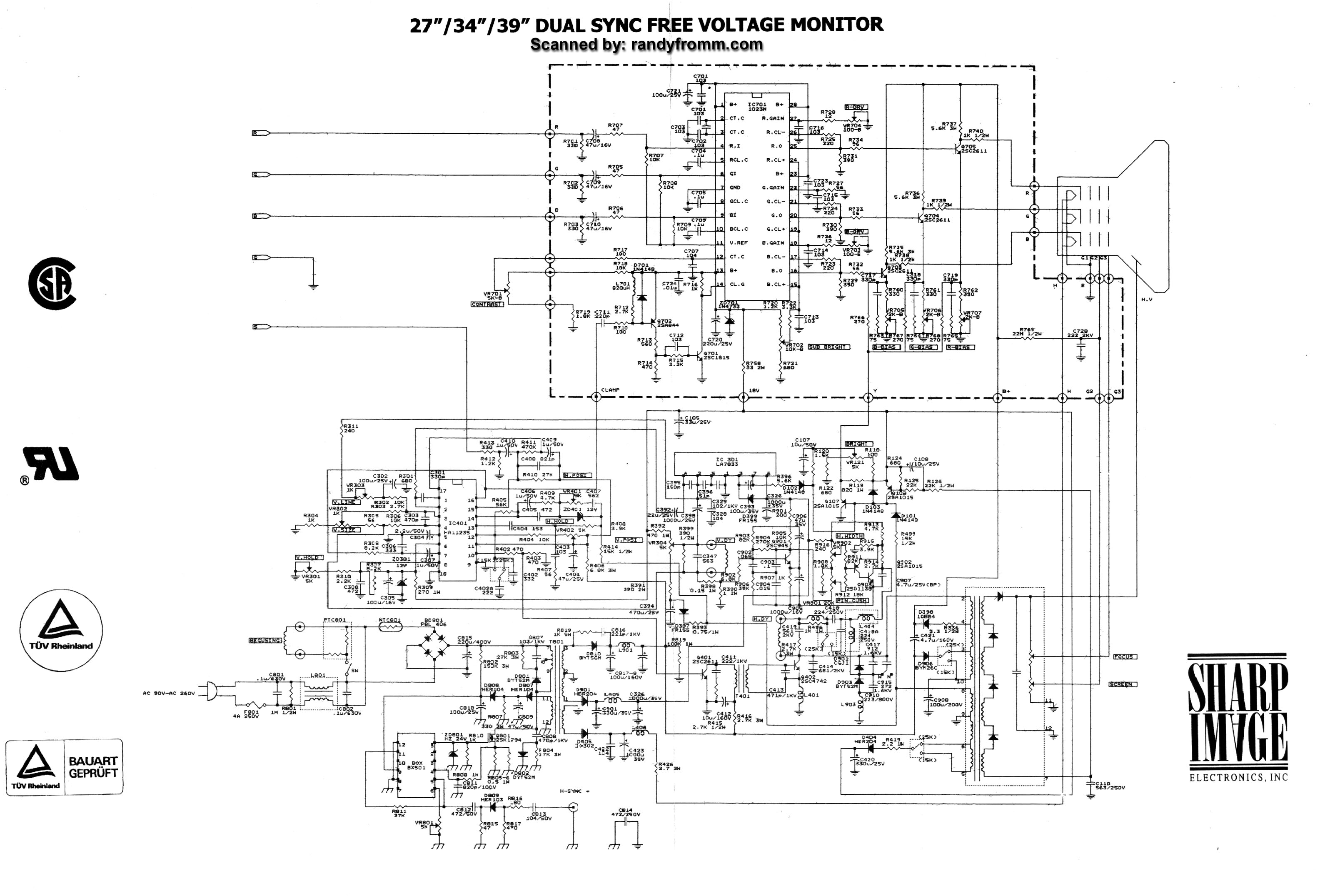


Applying the principle of conservation of magnetic flux, the magnetizing current is converted between the two windings of the coupled inductor. Therefore, the freewheeling diodes can achieve zero-current switching off (ZCS). In this way, both buck converters can be designed to operate in discontinuous-current mode (DCM), even if the magnetizing inductance of the coupled inductor is large. The difference between conventional parallel-operated buck converters using two energy storage inductors and the proposed circuit is that the proposed circuit uses two small inductors and a coupled inductor that replace the two inductors of the buck converters. Traditionally, two individual inductors are used in the two buck converters. Through interleaved operation, the power capability of the converter is doubled. The circuit configuration mainly consists of two buck converters, which are connected in parallel and use interleaved operation. Finally, the method has a minimal effect on the bus voltage.Ī novel interleaved DC-DC buck converter is proposed to drive high-brightness light-emitting diodes (LEDs). At the same time, it is scalable by the number of parallel-converters, not requiring any communication. The proposed method provides independent and simultaneous islanding detection for all active participants in the DC microgrid. This leads to two core benefits: the Leader does not receive interference from the input impedance of the followers yielding accurate islanding detection for the Leader, and the followers can detect the islanding condition independently, with no need to increase the PSC amplitude. While the Leader injects a small AC pilot signal to estimate the impedance at its terminals, the Followers implement the proposed pilot signal cancellation (PSC) to present a virtual disconnection from the bus at $\omega _$. This paper proposes a Leader/Follower strategy for each active participant of the DC microgrid to independently detect the grid connection state. However, their implementation in multi-converter systems is challenging due to interference among DGs. Impedance-based islanding detection methods can be beneficial in single-converter scenarios. Integrating Distributed Generators (DGs) in DC microgrids require islanding detection in all converters. Meanwhile, the proposed prototype has achieved a peak power efficiency of 92.5%, benefiting from active clamp technology.
#Bi polar caps in signal path driver#
A 100-W (150 V/0.7 A) LED driver prototype was built which demonstrates that the proposed method can achieve the same double-line-frequency LED current ripple with only 44- film capacitors, compared with the 4700- electrolytic capacitors required in the conventional single-stage LED drivers. Compared with the existing technologies, the proposed circuit achieves zero double-line-frequency current ripple through LED lamps and achieves a high PF and high efficiency. This paper proposes a bipolar (ac) ripple cancellation method with two different full-bridge power structures to cancel the low-frequency ac ripple in the LED current and minimize the output capacitance requirement, enabling the use of long-life film capacitors. However, the short life span of electrolytic capacitors significantly reduces the life span of the entire LED lighting fixture, which is undesirable.

Electrolytic capacitors are commonly used because they are the only capacitors with sufficient energy density to accommodate high-power applications.
#Bi polar caps in signal path drivers#
Conventional topologies for high-power LED drivers with high power factors (PFs) require large capacitances to limit the low frequency (100 or 120 Hz) LED current ripples.


 0 kommentar(er)
0 kommentar(er)
